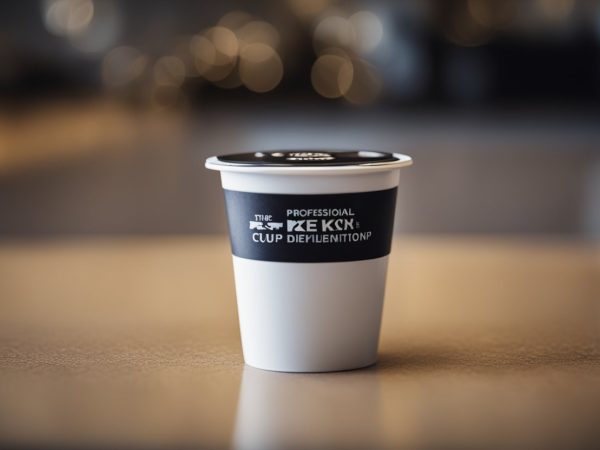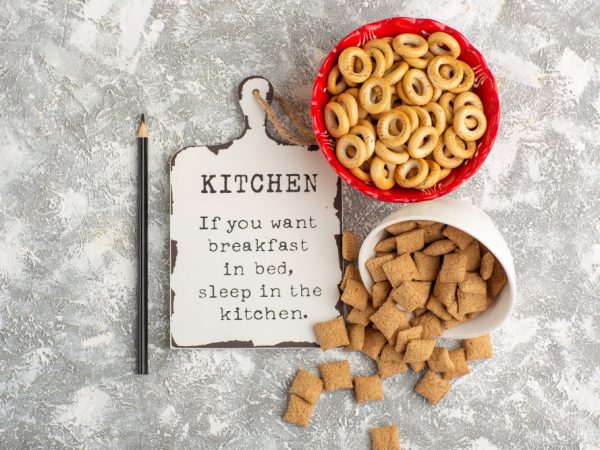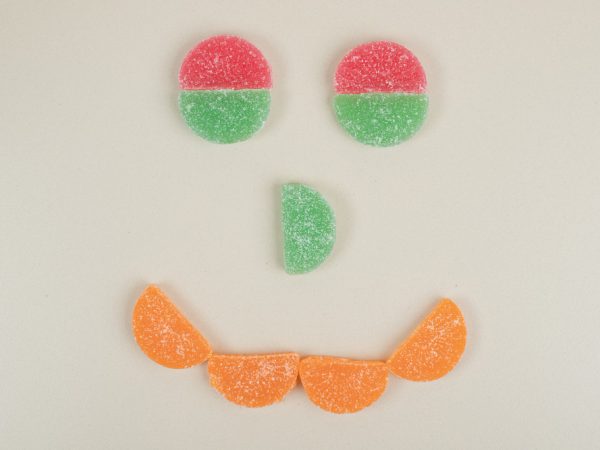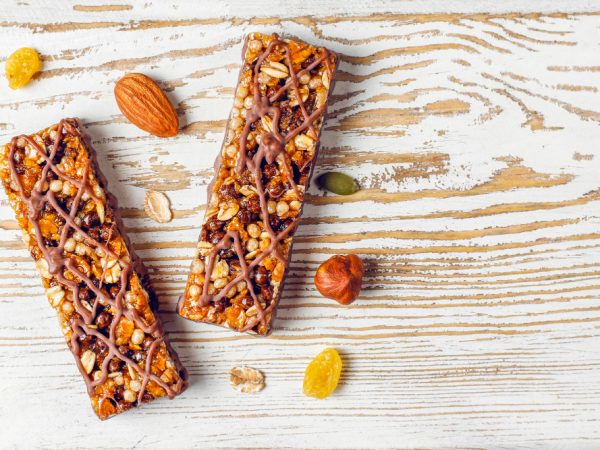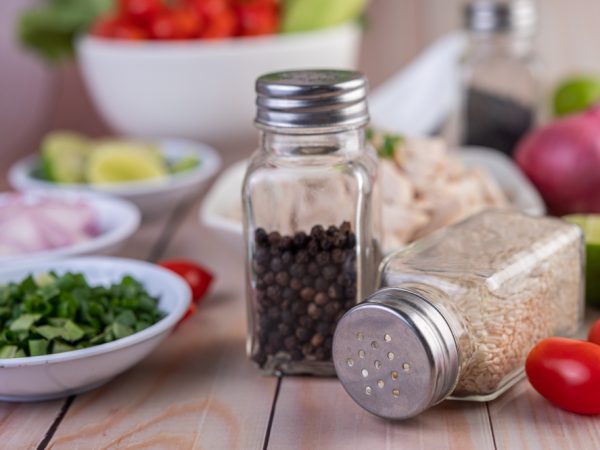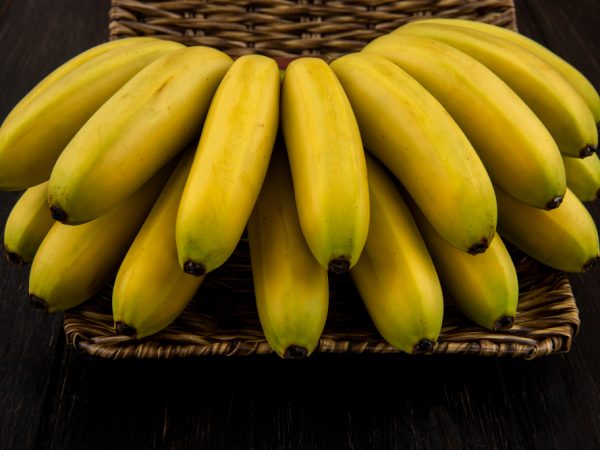10 Facts About How Many Grams in a Sugar Packet: Simple Guide to Sugar Measurements
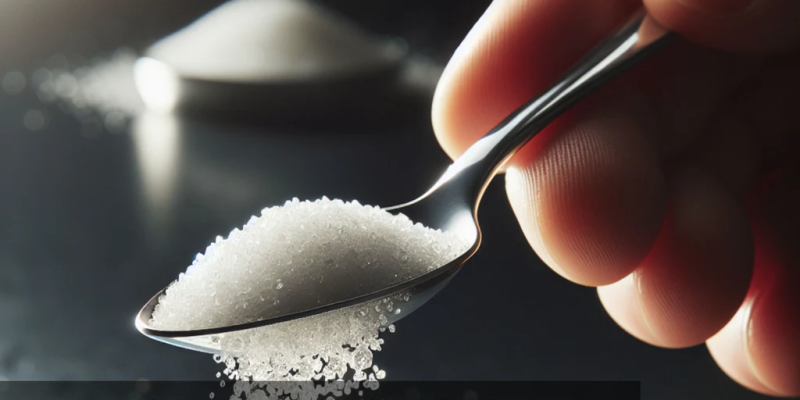
If you’ve ever stopped to wonder how many grams in a sugar packet, you’re not alone. Whether you’re counting calories, trying to bake the perfect cake, or just keeping an eye on your daily sugar intake, knowing this number can make a real difference.
Most people grab a sugar packet at a café without thinking twice, yet the amount inside those small packets can add up over time. Understanding sugar measurements helps with portion control, accurate cooking, and making informed health decisions. This guide breaks down everything you need to know about how much sugar is really in one packet — and how it impacts your daily life.
The Quick Answer: How Many Grams in a Sugar Packet
A standard sugar packet contains around 4 grams of sugar, which is equal to one teaspoon of granulated sugar. This is the industry standard used by most restaurants and coffee shops in the United States.
However, the exact amount can vary slightly depending on the brand or the type of sugar. Some packets contain as little as 3.5 grams, while others may hold closer to 5 grams. Despite the variation, most nutritionists and food manufacturers agree that 4 grams per packet is the standard measurement.
The Science Behind Sugar Measurements
To understand how many grams in a sugar packet, it helps to know how sugar is measured. Sugar’s weight depends on its density and texture. For instance, granulated sugar is light and uniform, while brown sugar is slightly denser because it contains molasses.
Powdered sugar, on the other hand, is mixed with cornstarch, which makes it look fluffier but doesn’t change its overall weight much. When manufacturers package sugar, they measure it by weight — not volume — to ensure consistency. So, when you pick up a sugar packet, you can trust that its contents have been carefully weighed to approximately 4 grams.
Why It’s Important to Know How Many Grams Are in a Sugar Packet
Knowing how many grams in a sugar packet isn’t just a fun fact — it’s useful for everyday life. If you’re watching your calorie intake, it’s worth noting that every gram of sugar has about 4 calories. That means one packet equals roughly 16 calories.
If you add two packets to your coffee each morning, that’s 32 calories — small on its own, but it adds up to over 11,000 calories a year if you drink one cup daily. For those managing weight, diabetes, or general nutrition, understanding these small amounts helps prevent excess sugar consumption without major lifestyle changes.
Differences Between Sugar Types
While most people think of sugar as one ingredient, there are several types — and not all weigh the same. Regular white granulated sugar is the most common in restaurant packets and weighs around 4 grams per packet.
Brown sugar contains molasses, giving it a richer flavor and slightly different texture. Because it’s moist and compact, one brown sugar packet might weigh just a bit less, usually closer to 3.5 grams. Powdered sugar is light and airy, often weighing about 4.5 grams per teaspoon. Even though these differences seem small, they can matter in baking or precise meal planning.
So, when you ask how many grams in a sugar packet, remember that it can vary depending on the sugar’s texture and brand.
Converting Sugar Packets to Grams and Teaspoons
If you cook or bake often, knowing how to convert sugar packets into grams or teaspoons makes life easier. The simple conversion is that one sugar packet equals 4 grams or one teaspoon.
If a recipe calls for 20 grams of sugar, that’s roughly five packets. For 40 grams, you’d need about ten packets. And if a dessert recipe asks for 100 grams, that’s the same as 25 packets.
Understanding this conversion also helps you visualize sugar in your daily diet. For example, a can of soda contains about 39 grams of sugar — that’s close to ten packets in just one drink.
The Hidden Sugars You Don’t Notice
Even if you don’t add sugar to your coffee or tea, you might be consuming more than you think. Many packaged foods and drinks are loaded with hidden sugars.
A small container of flavored yogurt can contain up to 20 grams of sugar — equal to five packets. A bottle of ketchup may have several grams of sugar per serving, and many breakfast cereals are packed with 15–20 grams per bowl.
When you know how many grams in a sugar packet, you can use that as a reference to understand just how much sugar is hidden in your food. This awareness is the first step toward managing your sugar intake effectively.
How Many Sugar Packets Equal the Recommended Daily Limit
Health experts have long warned against excessive sugar intake. The American Heart Association recommends that men limit their sugar to 36 grams per day, while women should stay under 25 grams.
That means men should consume no more than nine sugar packets daily, and women should limit themselves to about six packets. Unfortunately, the average American consumes nearly 70 grams of sugar a day — the equivalent of 17 or 18 packets.
Once you realize how many grams in a sugar packet, it becomes much easier to track and reduce your overall intake.
What Happens When You Consume Too Much Sugar
Eating too many sugar packets — or too much sugar in general — can have serious long-term health consequences. Excess sugar is linked to weight gain, insulin resistance, and an increased risk of type 2 diabetes. It also contributes to heart disease, liver problems, and even premature aging.
On top of that, sugar affects your teeth, mood, and energy levels. While one or two packets a day won’t harm you, overconsumption can easily creep in if you’re not paying attention. Knowing how many grams in a sugar packet helps you monitor those small doses that add up over time.
Healthy Alternatives to Regular Sugar Packets
If you want to enjoy sweetness without all the calories, there are plenty of alternatives to sugar packets. Stevia and monk fruit sweeteners are natural options that contain no calories and are much sweeter than sugar, meaning you need only a tiny amount.
Other options like erythritol and xylitol are sugar alcohols with fewer calories and less impact on blood sugar levels. Even though these alternatives don’t contain 4 grams of sugar per packet, they can replace sugar in beverages and recipes effectively.
By switching from sugar to low-calorie sweeteners, you can reduce your daily calorie intake significantly without giving up sweetness.
Measuring Sugar Without Packets
If you’re at home and don’t have sugar packets handy, you can still measure sugar accurately. One teaspoon of sugar equals about 4 grams — the same as one packet. One tablespoon equals 12 grams, or roughly three packets. A quarter-cup equals 50 grams, or about 12 packets.
Knowing these conversions makes it easy to follow recipes and track how much sugar you’re consuming, even without pre-packaged portions. Once you internalize how many grams in a sugar packet, you can apply that knowledge to nearly any cooking or baking situation.
Conclusion
So, how many grams in a sugar packet? The answer is simple: about 4 grams, or one teaspoon. This small detail can have a big impact on your health, cooking, and awareness of your daily sugar intake.
When you understand what’s inside that tiny paper packet, you can make better decisions about how much sugar you add to your coffee, how many calories you consume, and how to balance your diet overall. By being mindful of your sugar consumption, you’re taking one of the easiest and most effective steps toward better health.
FAQs
1. How many grams are in a standard sugar packet?
A standard sugar packet contains about 4 grams of sugar, equivalent to one teaspoon.
2. How many calories are in a sugar packet?
Each sugar packet has approximately 16 calories, since sugar has about 4 calories per gram.
3. How many sugar packets equal a cup of sugar?
One cup of sugar weighs around 200 grams, which is equal to about 50 sugar packets.
4. Is brown sugar the same as white sugar in weight?
Not exactly. Brown sugar is slightly denser and can weigh a bit less per packet — around 3.5 to 4 grams.
5. What’s the healthiest alternative to sugar packets?
Natural zero-calorie sweeteners like stevia or monk fruit are among the healthiest substitutes for traditional sugar packets.
Also read: Medical Capital Equipment: A Complete Guide to Healthcare’s Essential Investments

